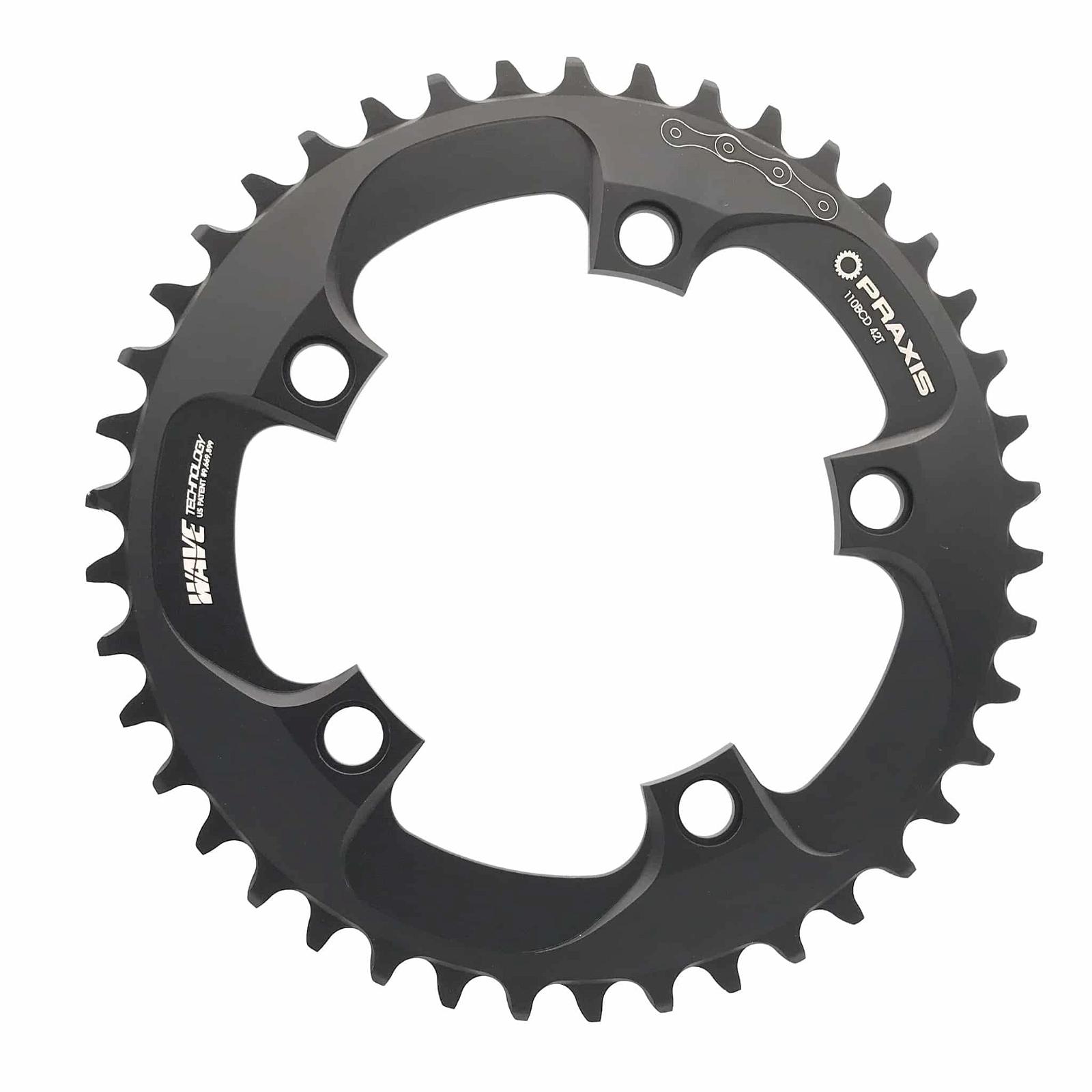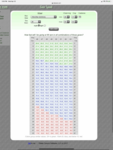I have several hundred more miles on my Domane+ I’m writing a review as I think the trek website does novice buyers of e-bikes a disservice. There are two very different types of bikes available on the web site, but they look similar.
The class 1 bikes (domane+ LT, LT7, LT9) use small, light fazua motors with moderate assist up to 20 mph. The batteries are small and light, and discreet so its not as obvious you have an e-bike. If you are a strong, experienced rider who is willing to spend an extra $3000 on top of an already expensive bike to get an edge going up hills without other riders condemning you, then these bikes are for you. In general the 250Whr batteries are too small to keep turned on for a long ride, and too weak for anything more than moderate assistance.
The class 3 bikes (Domane+ , HP, and HP7) use heavier, larger and far more powerful Bosch motors with enormous amounts of assist up to 28 mph. The 500Whr batteries are big, heavy and powerful, and the bikes are uglier. If you want to commute to work without arriving a sweaty mess, or if you want assistance over a long range, or unbeatable average speeds over distances greater than 30 miles or so, these bikes are for you.
Over several hundred miles I have realized that the bosch bikes have several significant features that may not be considered important at first.
The class 1 bikes (domane+ LT, LT7, LT9) use small, light fazua motors with moderate assist up to 20 mph. The batteries are small and light, and discreet so its not as obvious you have an e-bike. If you are a strong, experienced rider who is willing to spend an extra $3000 on top of an already expensive bike to get an edge going up hills without other riders condemning you, then these bikes are for you. In general the 250Whr batteries are too small to keep turned on for a long ride, and too weak for anything more than moderate assistance.
The class 3 bikes (Domane+ , HP, and HP7) use heavier, larger and far more powerful Bosch motors with enormous amounts of assist up to 28 mph. The 500Whr batteries are big, heavy and powerful, and the bikes are uglier. If you want to commute to work without arriving a sweaty mess, or if you want assistance over a long range, or unbeatable average speeds over distances greater than 30 miles or so, these bikes are for you.
Over several hundred miles I have realized that the bosch bikes have several significant features that may not be considered important at first.
- Range meter. The biggest novice mistake is equating remaining battery power with distance. Many bikes have a battery icon with 5 power bars or leds on the frame. Do NOT rely on this. Range goes UP and down depending on torque, rpm and gearing. You can use up your last bar over 20 miles of casual riding or burn through your last bar in a 2 mile climb leaving you empty. The Bosch bikes put the range meter front and center on your speedo, not buried somewhere in a phone app. How you use your assistance is entirely dependent on you’re remaining range. Range is the most important number you need to know.
- +/- power buttons. It sounds trivial, but its REALLY important to be able to adjust your assistance up OR down from ANY level, just like your gears. Some bikes only have one button and you have to push it repeatedly to cycle through all levels of assist to get to the one you need. This is a bad setup if you need a quick change when you’re in pursuit or out of the saddle in a climb.
- Removable battery. If you live in an apartment or studio, you can leave your bike at the bottom of the stairs and just bring up the battery to charge in your home overnight. If you ride to work, you can leave your bike locked up and charge the battery under your desk during the day. Battery performance and longevity is preserved by keeping the battery at ambient temperatures. If your garage gets very hot or cold, you can keep your bike in the garage, but keep your battery indoors to make it last years longer.
- Big brake hoods and wide pedals. The relaxed geometry has some subtle but really nice features. The large brake hoods really decrease wrist strain over long rides, so you don’t have to keep moving your hands around. The distance between the center of the pedals is an inch wider which really reduces low back pain, sciatica and leg numbness. It decreases pressure on your third through 5th toes, which in turn decreases peroneal muscle strain.
- 4 levels of assist. Some bikes have only 3 levels of assist. I strongly think 4 is better. What are these like in real world riding? ECO takes away the excess weight of the bike, so you’re like everyone else. It’s great for drafting. You can get 80 miles out of a 500Whr battery, but I doubt it for a 250Whr battery. TOUR is almost too powerful. It’s great for solo riding into a headwind, or for taking your turn in the front of a group. You’ll get 45 miles of continuous assist. SPORT is so powerful that it’s only real use is if you want to catch that guy who is a mile up a big hill ahead of you. You can climb 6% grades at 18mph. TURBO mode? Just insane!! Just plan on completing each hour of riding in 40-45 minutes.
- Almost all Lithium Ion batteries, including the ones in cell phones can be recharged around 1200 times before they fail. Quite simply, you’re going to have to recharge a 250 Whr battery twice as often as a 500 Whr battery for going the same distance. This means the battery will only last half as long. The Domane+ battery currently costs $900, so this is not an insignificant cost.
- Optional 250 Whr battery. Although the 500 Whr battery is optimal, there are two instances where a lighter battery would be helpful. One is as a supplemental battery. Currently you can add an additional 500Whr battery giving you about a 160 mile range, but at an additional 6 lbs. The second instance is where you are doing a short fast race up to 30 miles. The 2020 bosch engine is 3 lbs lighter than the 2019 engine (although the bike is currently listed as the same weight). A 250Whr battery is half the weight, so there is a potential 6 lb savings to the whole bike, bringing it down from 38 to 32 lbs. That is really significant.
- Move Kiox controls to left brake so that you don’t have to take your hand off the handlebars. Since there is only one chain ring, the left hand has no other function except front brake. This has been suggested by others and is a great idea.
- 52 tooth front ring. The 2019 Trek domaine+ has a 50 front 11-36 rear configuration which is an excellent all rounder. The 2020 Bosch motor is 12% MORE powerful, but Trek has slowed the gearing to a 46 front 11-42 rear. My experience is that tour mode is so powerful, I spend most of my time cramped into the the fastest 4 gears. I would prefer a 52 front chain ring to put the chain in the middle of my back cassette where it should be. This would improve distance and therefore efficiency. Sport mode is more than sufficient to climb any hill if I’m struggling in my 36 tooth gear. Maybe this could be an option for the Domane+ HP7.

